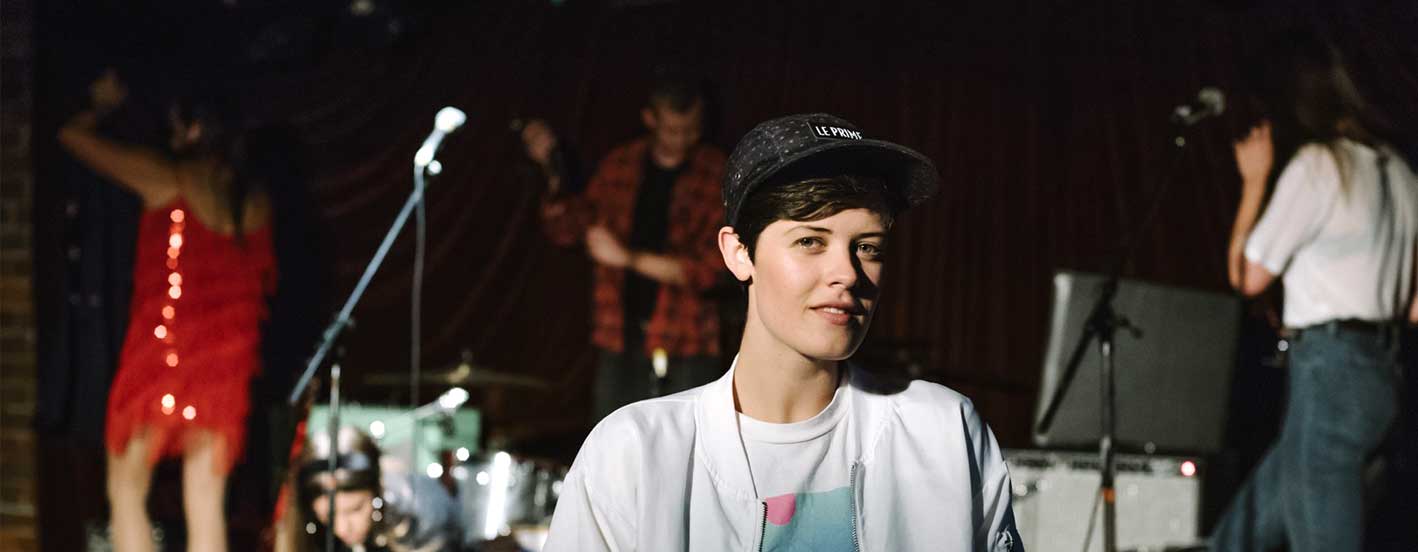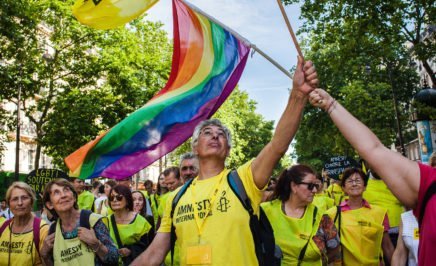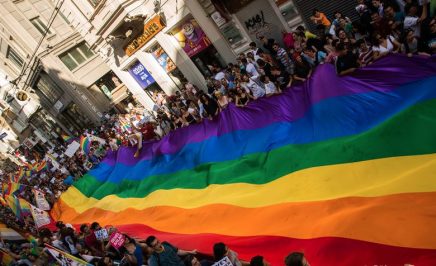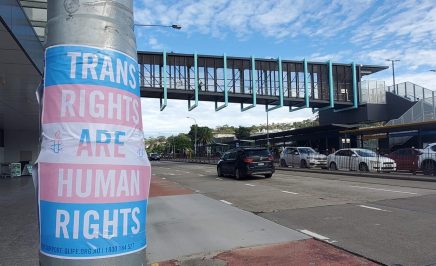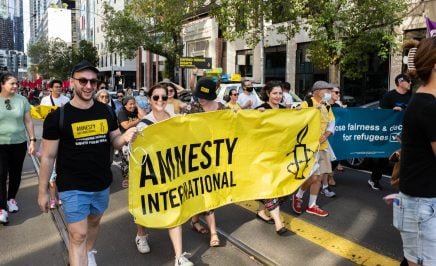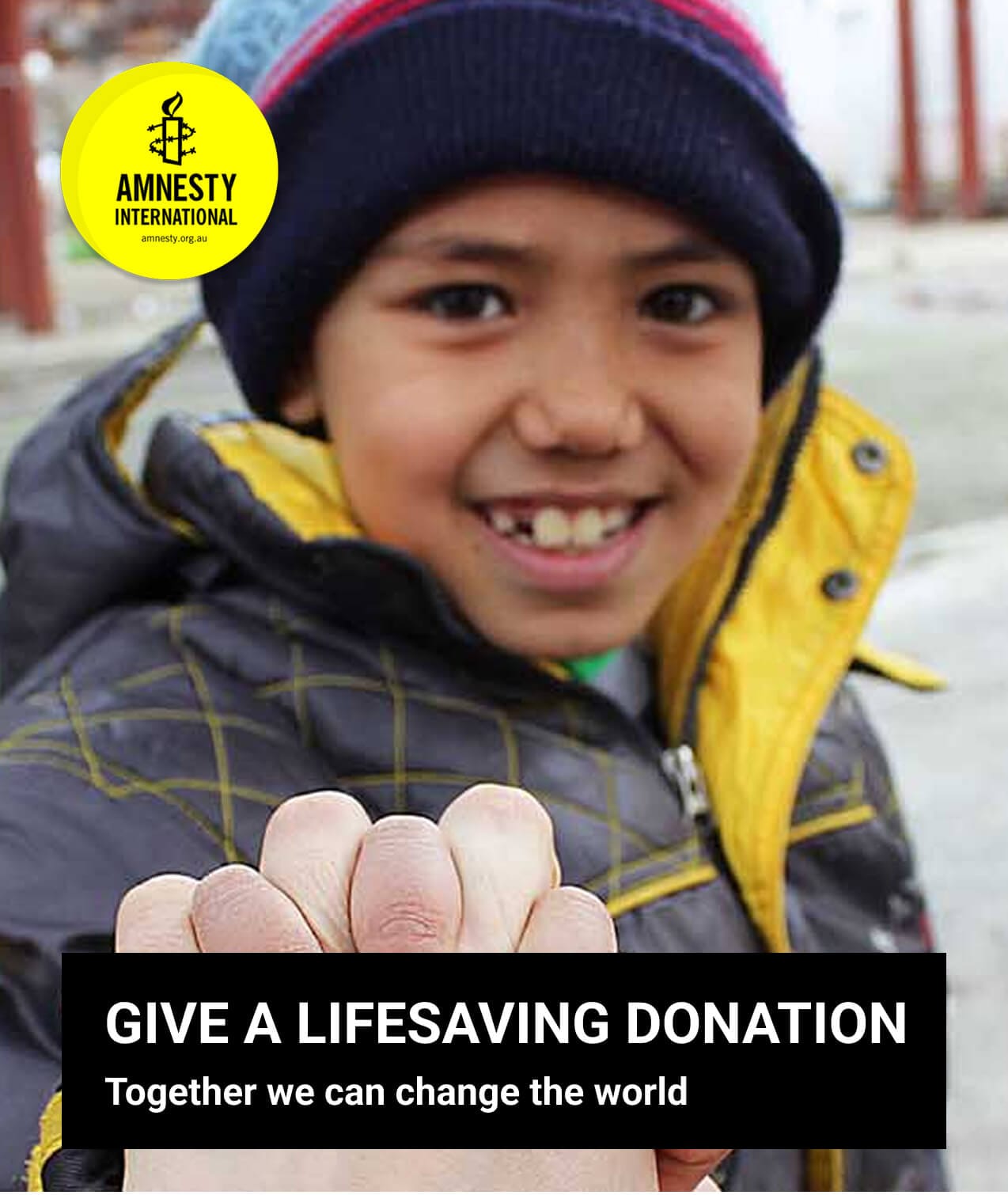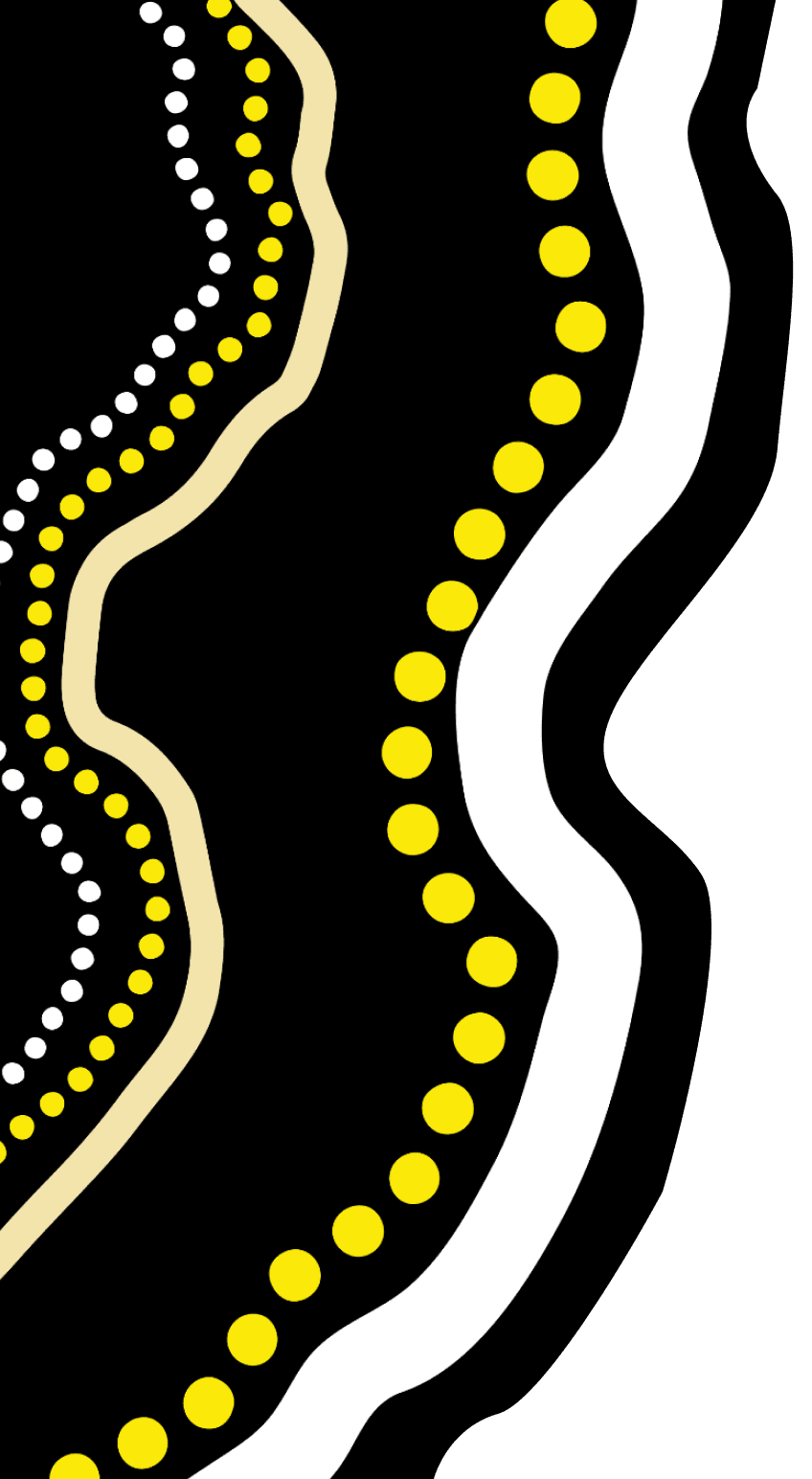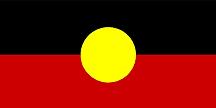Transgender rights have come under the spotlight in recent years, thanks to a growing resistance against discriminatory laws and the rise of high-profile icons like young activist Jazz Jennings and actress Laverne Cox.
But while momentum for trans activism continues to soar, how many of us are aware of the stigma — or everyday discrimination — still faced by transgender people? And how do we become better allies?
We speak with Mill O’Sull, 24, Head of Trans and Gender Diverse Outreach at Minus18, on what it means to be trans or gender diverse today.
Q. What does the term transgender mean?
A. The term transgender or gender diverse refers to someone whose gender identity doesn’t match the gender they were assigned at birth.
While the two umbrella terms have similar meaning, the word transgender historically carries a more ‘binary-driven’, or masculine-feminine connotation. Whereas the term gender diverse is often used by those who want more flexibility in their identity.
Q. How did you find out you are gender diverse?
A. It’s important to understand with trans identities that there is no one story, it happens very differently for different people. I first started becoming aware of my gender identity at around three to four years old. I grew up with lots of brothers, cut my hair really short, and I was adamant that people call me a boy. For me, it’s less about having complications with my body or dysphoria. It was more that from a very young age I was acutely aware that I didn’t fit other people’s expectations of who I should be.
My primary school was very accepting. Then I went to a very conservative private Catholic girls college and that’s when the complications became obvious and damaging. To be a part of that school was to intrinsically feel your gender stereotype and femininity — it was a very lonely and isolating time.
“For me, it’s less about having complications with my body or dysphoria. It was more that from a very young age I was acutely aware that I didn’t fit other people’s expectations of who I should be.”
At 21, I came across the term ‘gender fluid‘, which I’d never heard before. When I told my partner at the time that I thought I might be trans, she responded point blank: “Look, it doesn’t work for me.” That was my first experience of speaking out about it.
It was very hurtful. I went straight back inside myself and didn’t talk about it again for another two years. In hindsight, I don’t blame her. The problem is, there was no discourse around what it means to be transgender. It took me three to four years of research to understand my identity. I have an incredibly supportive partner now, who has allowed me so much space and support to explore myself completely.
With my family, it is an ongoing conversation. My mum used to always call up and say, “Hello, my lovely daughter.” And recently she asked, “What do I call you again?” I told her to think of Guns N’ Roses’s ‘Sweet Child O’ Mine’. So every time she calls me now, she says, “Hey, sweet child of mine.”
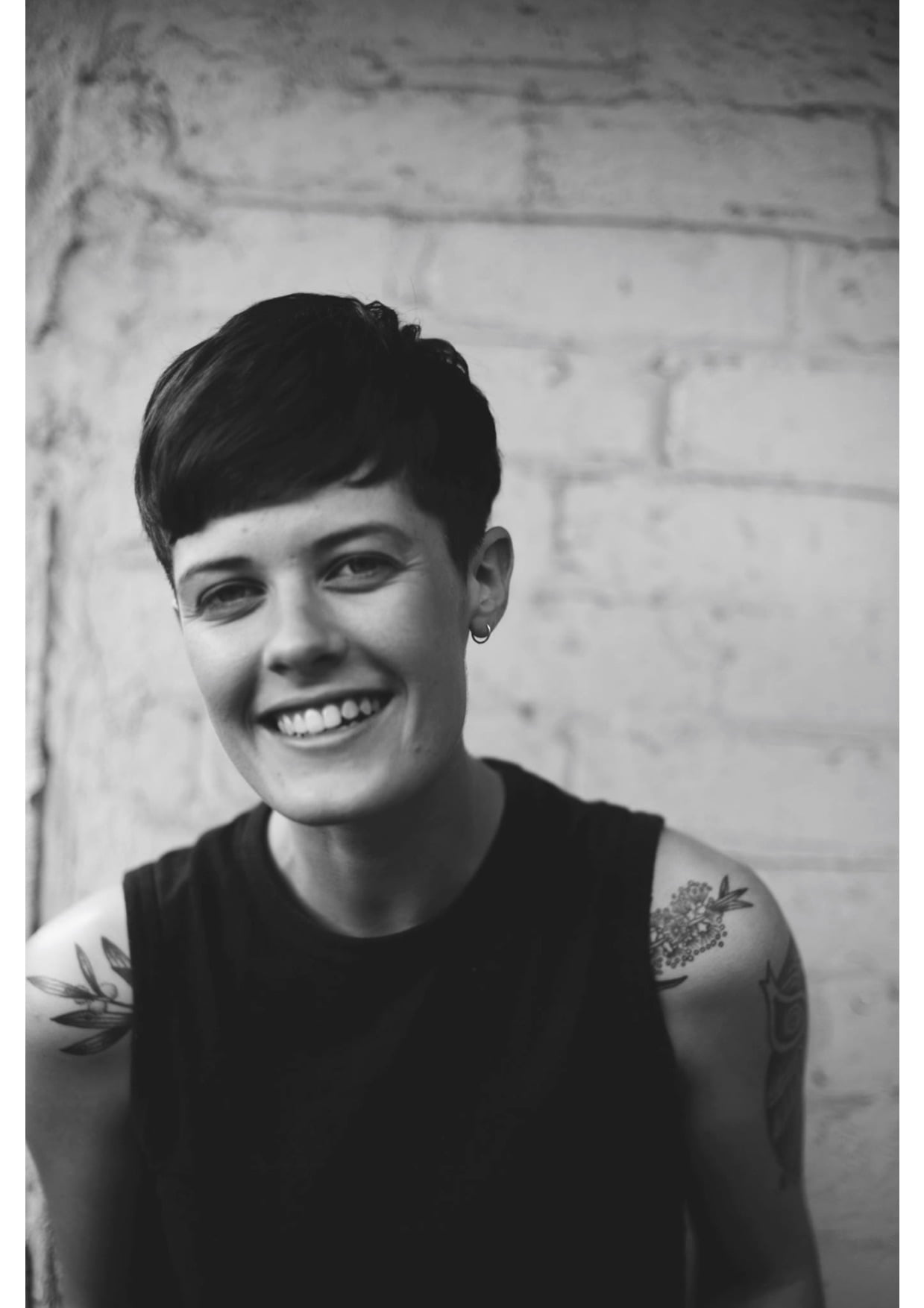
Q. What human rights issues do transgender people face?
A. The biggest human rights issue facing the trans and gender diverse community is safety. Hundreds of transgender people are killed around the world each year, and there are still a number of countries where gender diversity is treated as a crime.
Some of the greatest barriers for transgender people come from discriminatory policies and laws. Bathroom access is a good example. In the US, bathroom legislation has turned into a political battleground for conservative politicians. In states like Alabama and North Carolina, toilet usage is restricted to a person’s gender assigned at birth, exposing trans women to greater risks of physical and sexual violence.
For a lot of trans feminine people, especially trans women of colour, it’s common to feel a pressure to “pass” (ie. be perceived as the gender they identify with) in order to avoid transphobic attacks.
Statistically, there are very few safe spaces for trans people. A recent report by Beyondblue and La Trobe University found 43 percent of trans and gender diverse people don’t feel safe on the street and 32 percent don’t feel safe on public transport.
“A recent report found 43 percent of trans and gender diverse people don’t feel safe on the street and 32 percent don’t feel safe on public transport.”
Better city planning is crucial. Essentially, we need to ask: how can we create safer public spaces for trans and gender diverse people, so that they can actually be a part of life?
What most people don’t realise is transgender people can face up to 50 to 60 instances of micro-aggression (casual discrimination) a day — which takes a huge psychological toll. This ranges from deliberate exclusion to misgendering (using incorrect gender pronouns) and being asked invasive questions that might be seen as ‘harmless’. Watch this powerful video by transgender film director Jake Graf, which highlights the invisible damage caused by these everyday slights:
So, where to from here?
Australia currently ranks 8th out of 23 countries in attitudes on transgender rights, according to a 2016 survey. On a state level, there have been a number of positive developments for the trans community in recent months. A new policy in South Australia now allows students to wear the uniforms and access bathrooms of the gender they identify with. In Victoria, senior high school students are given the choice of identifying as having an ‘undefined gender’ in official exams and documents.
But when it comes to birth certificate laws and healthcare access, Transgender Victoria Executive Director Sally Goldner thinks we still have some catching up to do.
“Currently, in six out of eight Australian states and territories, [changes in birth certificates] is surgery-based, we want it to be based on affirmed identity,” Goldner tells Amnesty. “In addition, there are no provisions for minors to change their birth certificates, even with parental approval. Transgender people need to be able to have their gender recorded accurately, and we want the process to be as respectful as possible.”
Australia is also the only country in the world where children under 18 have to go through the Family Court system to access ‘stage two’ hormone treatments — the ingestion of estrogen or testosterones. (‘Stage one’ being puberty blockers, which can be prescribed by doctors without court approval).
“I think we are so heavily oppressed that for now, we need to not only acknowledge that trans and gender diverse people are discriminated against, but take active steps to empower and elevate these voices”
16-year-old Georgie Stones is campaigning to put an end to the painful legal red tape. In March, Stones submitted a petition about the issue to the Federal Parliament with over 15,000 signatures of support. Stone won a landmark case in 2013, which successfully challenged the need for court orders to access stage-one treatments — a victory that many hope is a sign of better things to come for young trans people.
Mill concludes: “I think we are so heavily oppressed that for now, we need to not only acknowledge that trans and gender diverse people are discriminated against, but take active steps to empower and elevate these voices. This means creating jobs, community movements, grants, things that are actively saying, ‘We hear you, we want to elevate your voices by creating these opportunities for you.'”
If this article has raised concerns for you or someone you know, please access support:
- Qlife: 1800 184 527 or online at www.qlife.org.au (3pm – midnight everyday)
- Kids Helpline: 1800 55 1800 or online at www.kidshelpline.com.au (24hrs/7days)
- Lifeline: 13 11 14 or online at Lifeline Australia – 13 11 14 – Crisis Support and Suicide Prevention (24hrs/7days)
All over the world, people face inequality, discrimination and violence just because of who they love, how they dress and how they identify themselves.
We all have the right to be treated equally, no matter our sexual orientation or gender identity. Help us challenge injustice against the LGBTQIA+ community by learning more about our campaigns.
